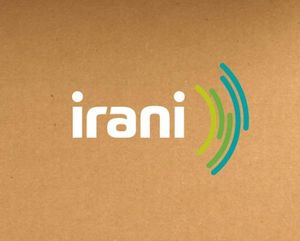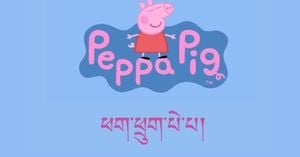The streaming landscape has taken an intriguing turn with the launch of the new Disney+, Hulu, and Max bundle, creating a fantastic opportunity for viewers looking to maximize their entertainment options without breaking the bank. Starting at just $16.99 a month for an ad-supported version, this bundle is designed to save subscribers around 38% compared to purchasing each service separately. The ad-free version is available for $29.99, still significantly lower than the total cost of individual subscriptions.
This innovative collaboration between Disney and Warner Bros. Discovery marks a notable step in a competitive streaming market that is increasingly focused on bundling content to attract and retain subscribers. The companies first announced the venture in early May, and since its launch, many are eager to dive into a treasure trove of beloved shows and movies.
The deal brings together some of the biggest names in entertainment—think Disney franchises akin to Star Wars and Marvel, Warner Bros. hits like Harry Potter, and acclaimed series from FX and Hulu including Only Murders in the Building. In short, the lineup is a fan's dream, packed with content that appeals to a wide array of audiences.
Notably, the new bundle emphasizes a strategic approach to reducing churn—those pesky cancellations that have plagued streaming services. Research suggests that bundled offerings tend to retain customers better than standalone subscriptions. The theory is that providing extensive content at a lower price encourages viewers to commit to a single subscription rather than feeling overwhelmed by choices across multiple platforms.
"It’s a well-known fact that bundles yield lower acquisition costs for media companies, and we have substantial evidence indicating that they can boost retention rates for consumers," said a spokesperson from Warner Bros. Discovery. This move reflects a broader trend in the industry where major players are seeking ways to streamline their offerings and enhance viewer experiences amidst a sea of competing services.
Disney's previous bundling efforts included Disney+, Hulu, and ESPN+, but the addition of Max creates the first bundle involving a competitor. This open collaboration signals a shift away from strict competition to a more interconnected streaming ecosystem which might ultimately benefit consumers through lower prices and more options.
Subscribers can access the new bundle directly on the websites of Disney+, Hulu, and Max, allowing for seamless transitions without the headache of multiple accounts—though, it should be noted that those using Hulu + Live TV or Max's Ultimate Ad-Free plan won’t be able to take advantage of this bundle.
Interestingly, bundling isn’t a fresh concept in television; it mirrors the earlier cable bundles that allowed viewers to access multiple channels at a reduced price. Now, with the emergence of streaming, companies are looking to adapt this successful strategy to the digital arena. This hybrid approach is anticipated to thrive, especially as audience sentiments lean heavily toward combined offerings.
As companies like Comcast also explore their own bundle opportunities—most recently combining Peacock, Netflix, and Apple TV+—it's clear that the industry is evolving as customers demand more value for their money. In fact, the new Disney+, Hulu, and Max bundle comes amid increasing price hikes across many streaming platforms, with some rivals like Netflix recently boosting subscription rates.
Despite the ongoing price adjustments, the streaming world appears to be heading toward larger, more integrated offerings rather than pushing individual memberships. As more consumers embrace the convenience of bundled services, it remains to be seen how Netflix will adapt to this changing landscape, given that they opted out of forming direct partnerships with other services. Netflix has stated its reasoning for avoiding such deals stems from their confidence in being a quintessential entertainment destination.
While this may be a sound business strategy, it begs the question: will consumers increasingly prefer to shop from a singular source or core bundle? The new industry dynamics might lead to complex choices for audiences, some of whom may wish to slim down their subscriptions to focus on the best content rather than spreading their budgets too thin.
Experts argue that balancing quality content with affordability is key. In the bundle, Disney and Warner Bros. aim to provide not just sheer volume, but also a rich assortment of high-quality programming that keeps subscribers engaged well into the future. This includes a mix of new releases along with existing favorites that span generations.
In the coming months, Disney+, Hulu, and Max plan to double down on their original series and films, which will likely be a focal point for their respective marketing campaigns. Upcoming highlights include new seasons and series that are already generating buzz, reinforcing viewer loyalty and interest in the platform.
As the streaming wars continue, the groundbreaking Disney+, Hulu, and Max bundle not only reshapes viewer engagement strategies but also challenges the prevailing norms around how streaming content is priced and consumed. This could well be a significant moment in entertainment history, paving the way for new kinds of viewer experiences that prioritize cost savings alongside compelling content.
Ultimately, the bundling approach represents a pragmatic response to not just streaming fatigue but also an evolving marketplace where consumers are seeking out more from their subscriptions. As Disney and Warner Bros. embrace this strategy, viewers can expect a thrilling era of bundled media that offers newness, nostalgia, and value—essentially a win-win for both companies and their audience.



